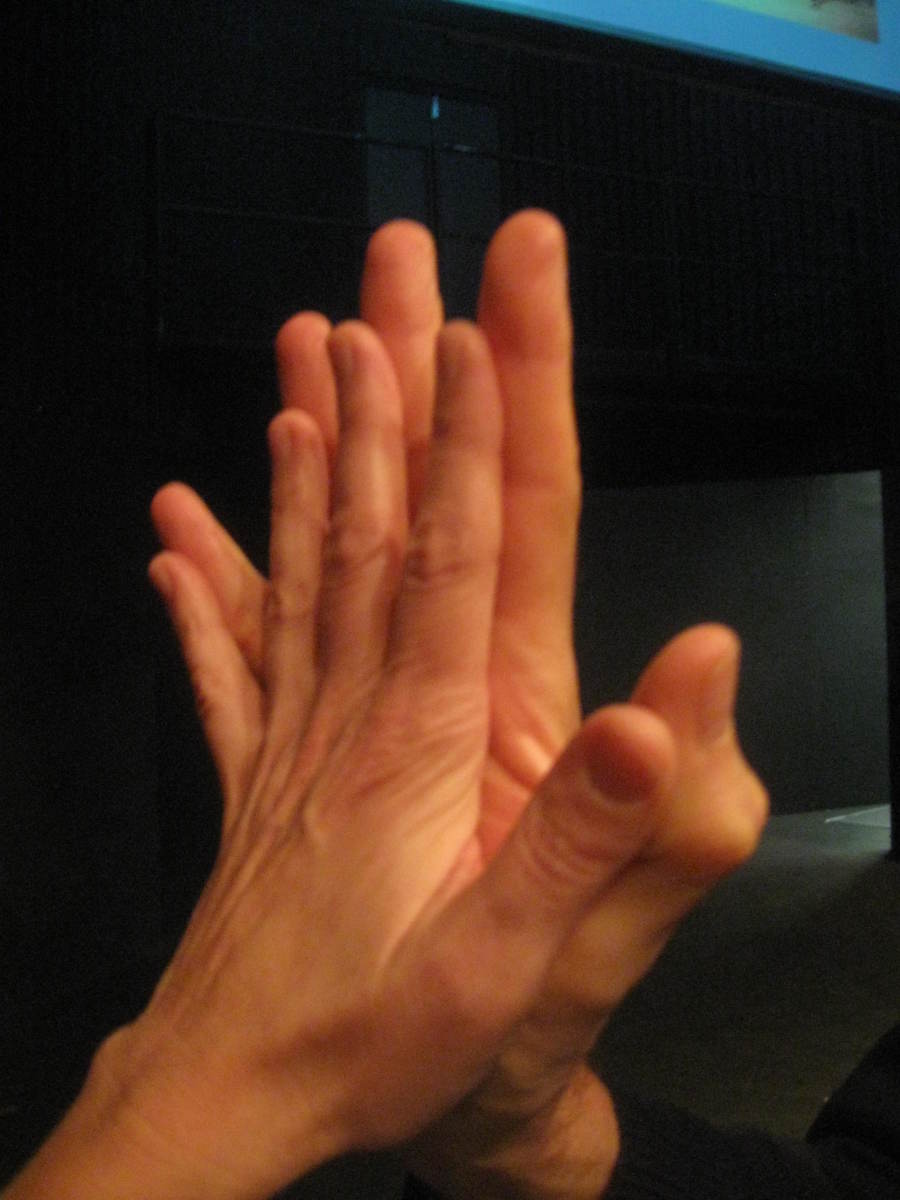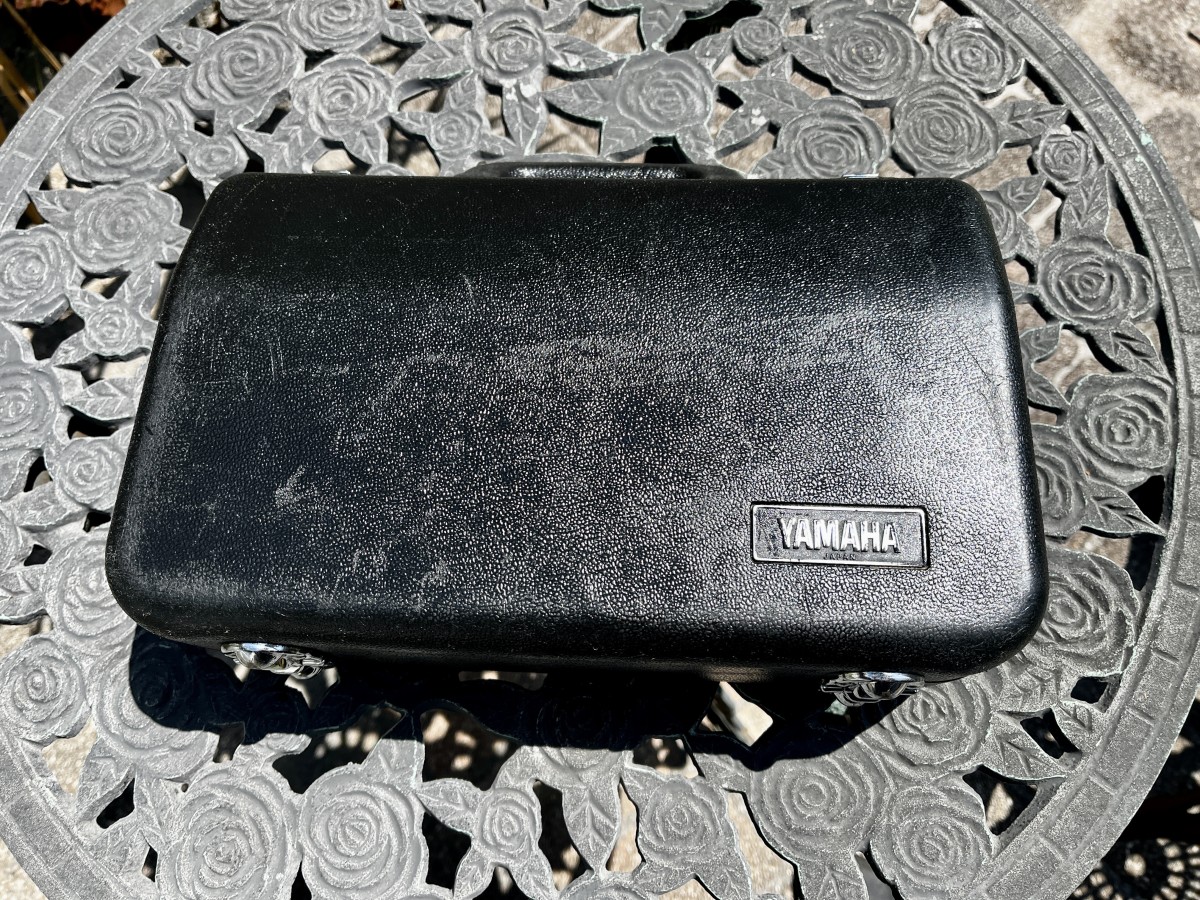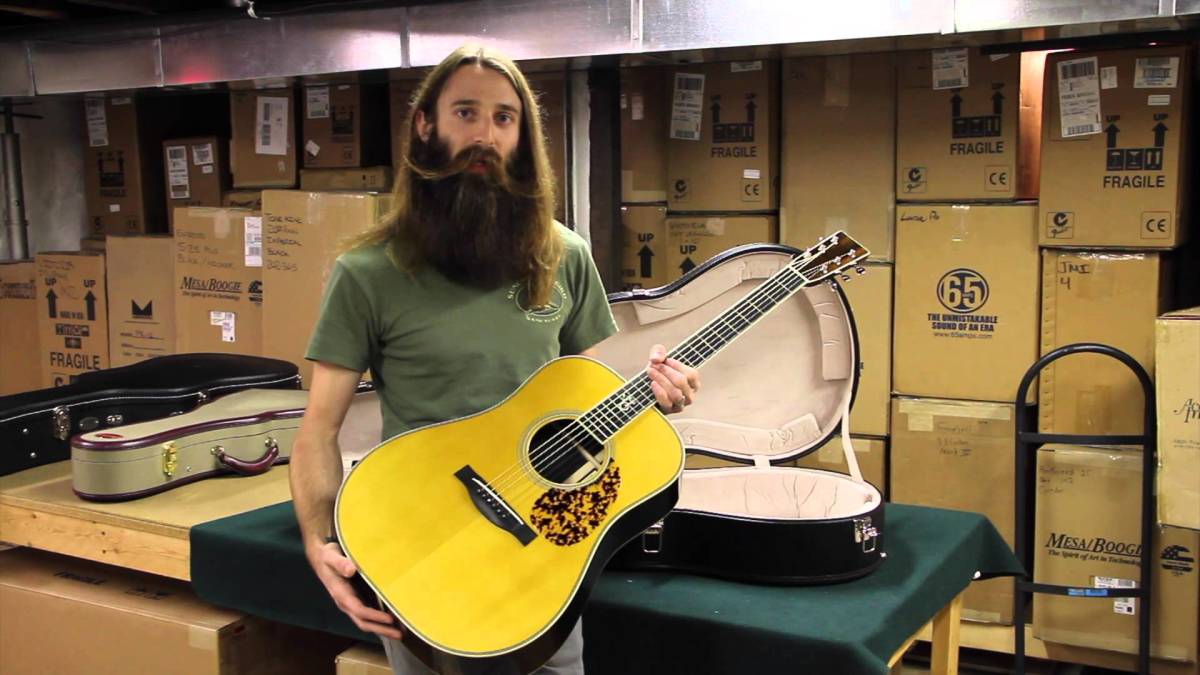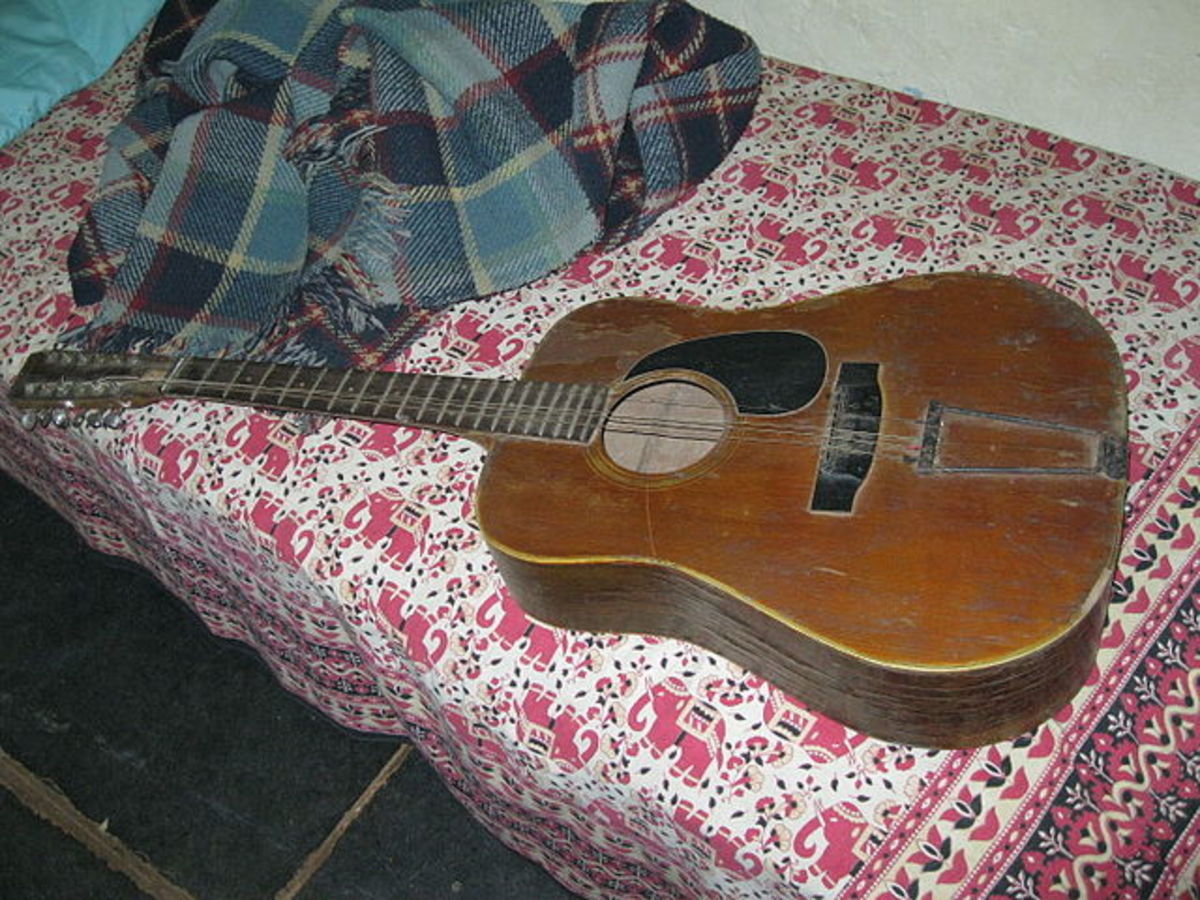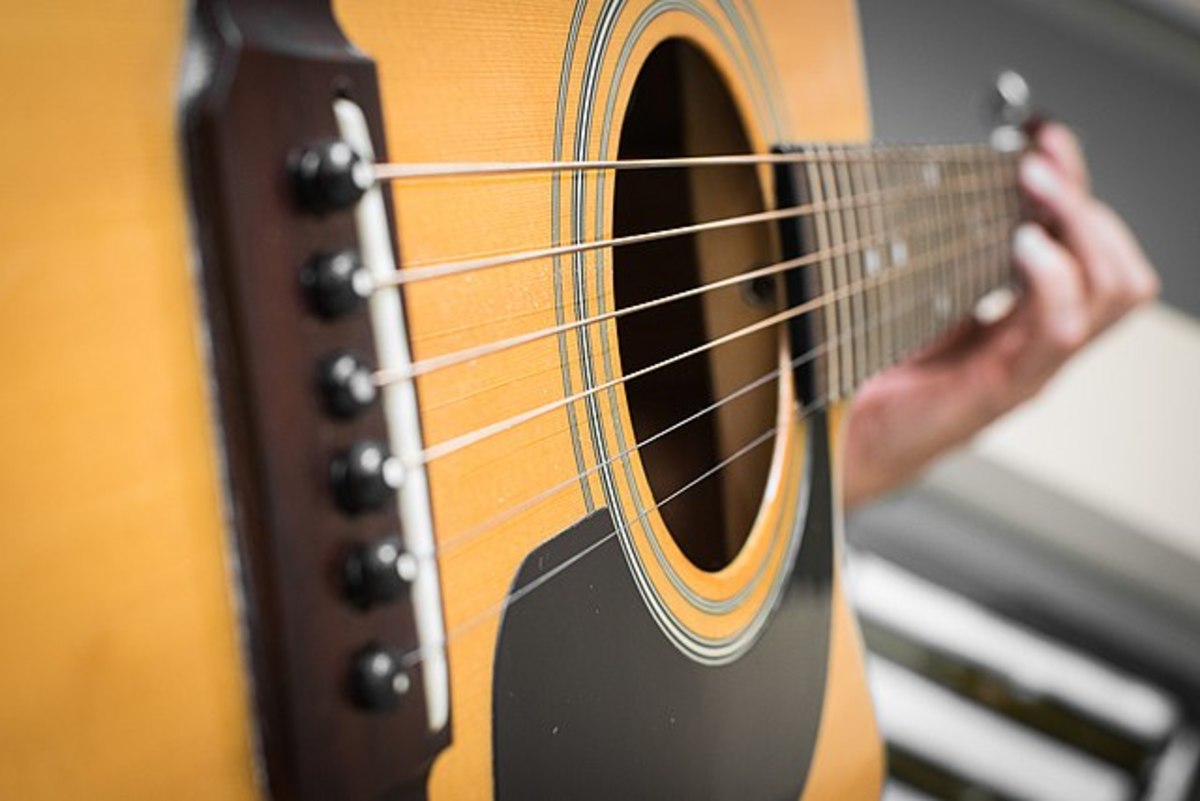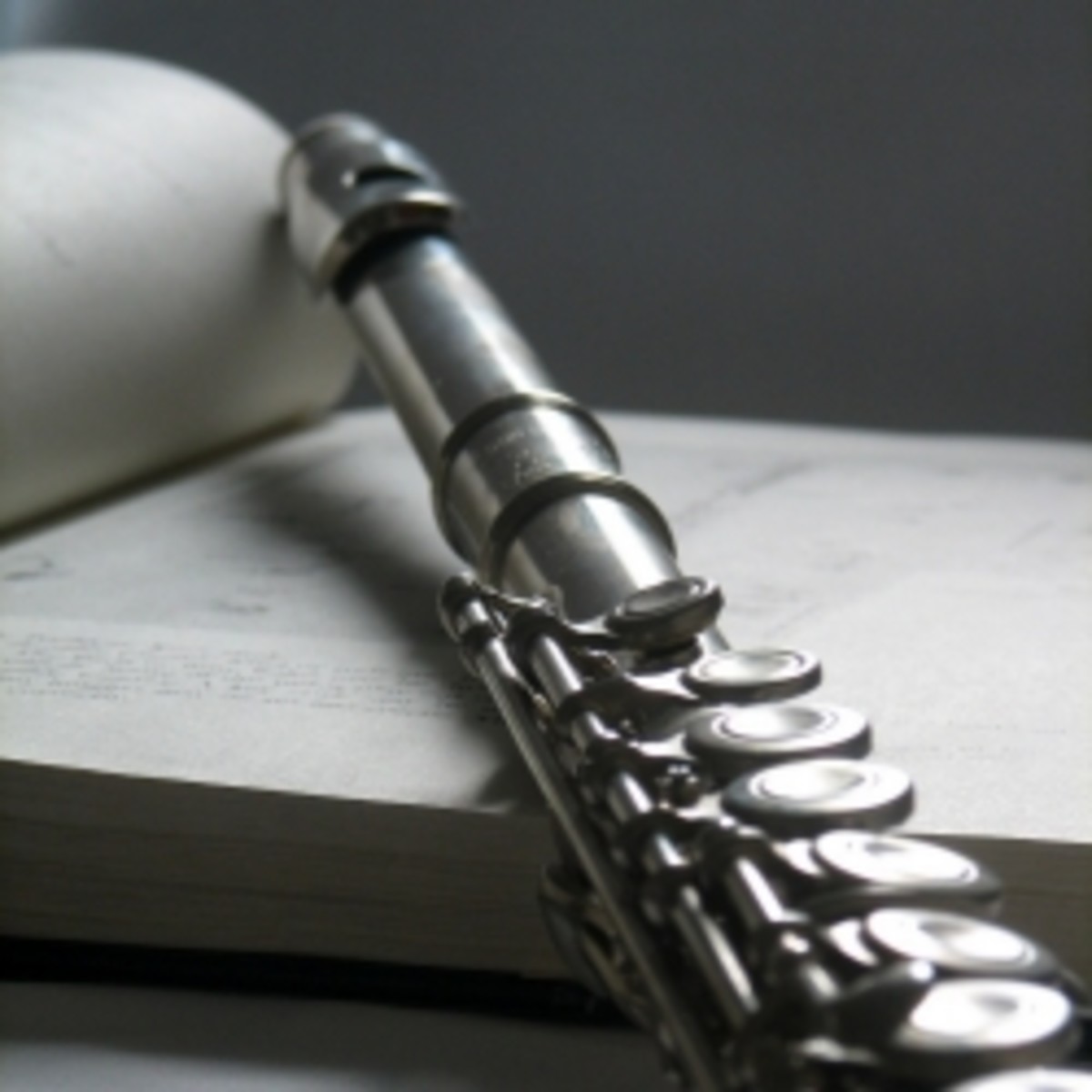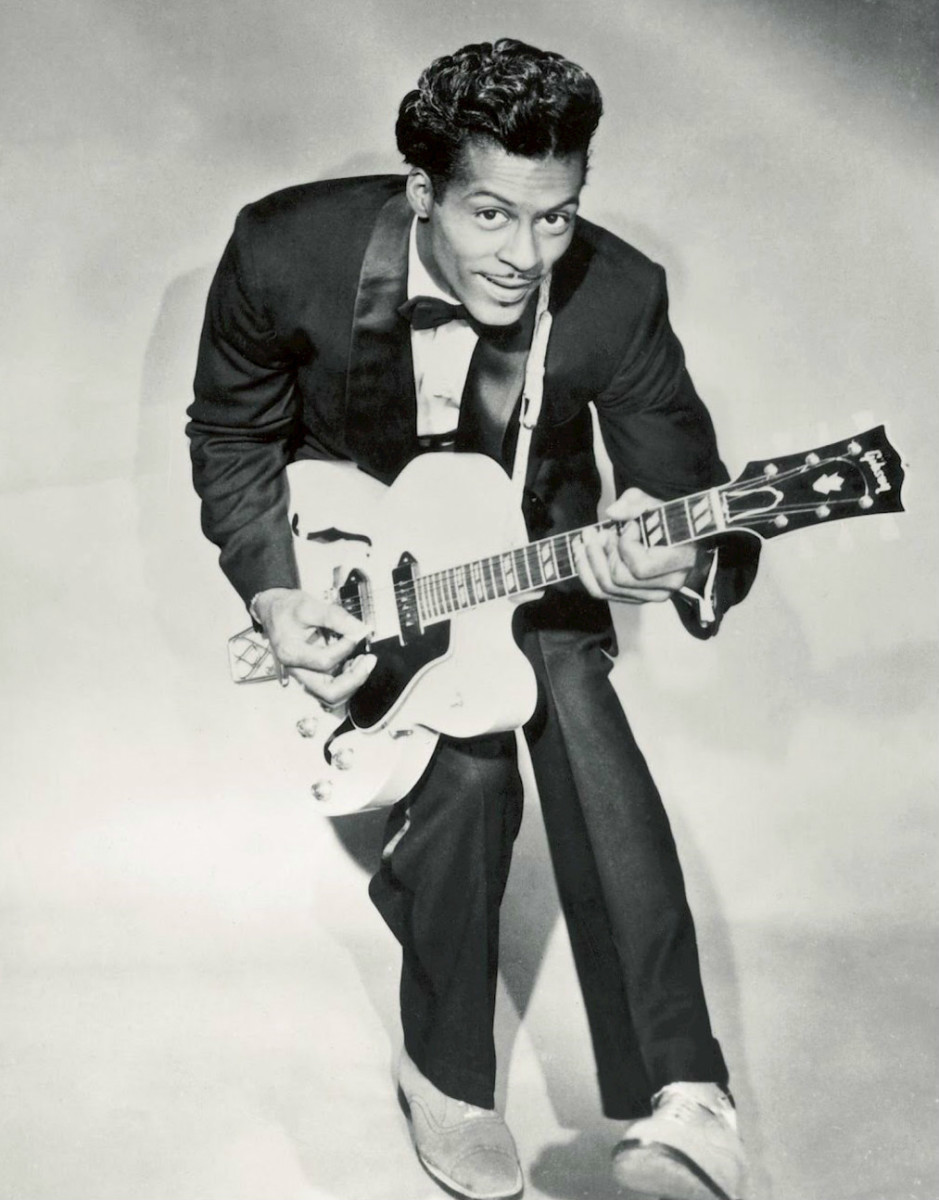Yamaha P95 Review

The Yamaha P95: My Favorite Entry-Level Digital Piano
Digital pianos have come a long way since they were first introduced commercially in the mid 1970s. For many years, these instruments have offered many advantages over their acoustic counterparts that include cost, portability, MIDI interface ports, and headphone connections. Digital pianos also never go out of tune, thus eliminating the need for that annual visit from your local piano tuner.
As with all electronic equipment, digital pianos are always in a continuous state of improvement. If you are a pianist or have even had some minimal piano training and are on a budget, you no longer have to settle for anything less than a full set of 88 keys with some weighted action, features that used to be sold at a premium. You can ever get some additional bells and whistles that didn't used to be available years ago without spending a lot.
The main area in which most lower-cost digital pianos still fall short, however, is in providing to the pianist a touch and feel that satisfactorily mimics a good acoustic piano. Although almost all but the very cheapest digital pianos have weighted keys these days, not all weighted actions on these instruments are created equal, even for a given manufacturer. To get the very best digital keyboard action available, e.g., one that is almost indistinguishable from a top-of-the-line Yamaha, Baldwin, or Steinway acoustic grand piano, you still have to pay a premium, though not nearly as much as you would for the real thing.
To me, the Yamaha P95 is the best compromise in cost and acoustic piano feel. Made by one of the top manufacturers in the world of both acoustic and digital pianos, this is the one digital piano model I would recommend if you are on a budget. In my opinion, this instrument offers very good value for the money, but, as with any lower-cost digital piano, it does have some limitations which may not make it suitable for everyone.
Photo credit: DIY Mary
Do you own a digital piano?

Yamaha P95 Features
The Yamaha P95 is a highly rated and popular digital piano with 88 keys, graded hammer weighted action, 64-note polyphony, matte black key tops, built-in speakers, and 10 different voices including grand piano, electric piano, organ, harpsichord, vibraphone, strings, choir and jazz organ. This instrument is very portable and comes with 50 built-in songs, a recorder, headphone connections, a sheet music rest, a pedal foot switch, and MIDI In/Out ports.
The Yamaha P95 is well suited to those on a budget who need fewer bells and whistles in favor of improved piano weighted action. This instrument makes a great stand-alone keyboard and is also ideal for those who, like me, are looking for something that plays and sounds like a real acoustic piano that can also be used as a MIDI keyboard controller.
Note that the Yamaha P95 does not come with the standard three pedals that you would find on a standard acoustic piano. They must either be purchased separately or as a part of the Bundled Package (see below).
Image credit: amazon.com
The Yamaha P95 Vs. Higher-Priced Yamaha Models
One of the main differences between the Yamaha P95 and the higher-priced Yamaha models is the type of graded hammer action employed.
Graded hammer action is when the keys in the left hand (bass) are weighted more heavily and gradually become lighter as you move up the keyboard, as with an acoustic piano. Yamaha uses several different key mechanisms in all their digital piano products. For the Yamaha P95, the GHS ("Graded Hammer Standard") mechanism is used. The hammers are graded, but the touch is somewhat lighter than what you will find on their higher-priced models.
For higher-priced models such as the Yamaha P-155 and the Yamaha CP-33, the GH (also called GHE) mechanism is used, which is the next level up from GHS. This mechanism is slightly heavier than GHS and also allows for greater expression.
For deluxe models such as the Clavinovas, Yamaha uses the GH3 ("Graded Hammer Premium") mechanism. This mechanism is the heaviest of the three, giving the piano a feel that is the closest to that of a real, top-of-the-line Yamaha acoustic piano.

The Yamaha P95 Vs. The Casio PX-130
If you are shopping around for a lower-cost digital piano and have read some online reviews, then you may have also come across the Casio PX-130 which is another major contender in the entry-level digital piano market. The Casio PX-130 is slightly cheaper than the Yamaha P95, has more features, and is better in many respects (e.g., portability, 128- vs. 64-note polyphony, higher powered speakers, and more built-in sounds). It also connects to your computer via USB rather than conventional MIDI, which many find to be more convenient.
Given these differences, I was curious to see how the two instruments compare as to feel and tone and performed some simple tests (see below). So far as tone is concerned, the two instruments are comparable, but for me, the Yamaha P95 outperforms the Casio PX-130 by far in the area of touch and feel. Whereas the keys on the Casio PX-130 almost seems to spring back when you are playing quickly, the Yamaha P95 feels weighted but, at the same time, had a certain smoothness which feels to me more like a real piano (albeit a little less heavy).
Photo credit: DIY Mary
Yamaha P95 And Casio PX-130 Tests
1) When turning off the sound and playing rapid scales on each instrument, I found the Casio PX-130 to be more noisy and "clicky" than the Yamaha P95, where I hardly noticed any noise at all. When both instruments are turned on at a normal playing volume, though, this keyboard noise is hardly noticeable.
2) The keys on the Casio PX-130 have somewhat more side-to-side play than those of the Yamaha P95, especially the black keys. (For both instruments, I tested the side-by-side play by grabbing each key with my thumb and index finger and moving it from side to side.) Note that there will always be some play in the keys of any piano, but it should never be so bad as to cause adjacent keys to touch. For both the Casio PX-130 and Yamaha P95, this did not seem to be a problem.
3) As far as touch sensitivity is concerned, both instruments seemed to be about equal. I confirmed that each one had six levels (pp, p, mp, mf, f, and ff) by hitting the Middle C at different velocities and listening for differences in the volume.
4) In a real acoustic piano, there are differences in timber when a key is struck at different velocities. This can be heard especially in the lower registers, when the sound takes on a more percussive timbre the harder a key is hit. In this respect, the Casio PX-130 built-in piano sounds mimic a real piano better due to its sound sampling techniques than does the Yamaha P95, although to me, this percussive effect in the Casio PX-130 sounded a bit clangy (see also the video below).
5) For both instruments, there was some resistance when pressing down a key, and also some resistance upon return which was less (as it should be). But when playing rapid passages, I noticed a springiness in the Casio PX-130 keys that was totally absent in those of the Yamaha P95.
6) Both the Casio PX-130 and Yamaha P95 have pretty good graded weighted key actions, which I confirmed by rapidly playing some scales on both instruments.
7) The sustainability is about the same for both the Casio PX-130 and Yamaha P95. When I played the Middle C and held it without using the sustain pedal, the tone lasted for a full 10 seconds on both instruments.
Yamaha P95 And Casio PX-130 Sound Comparison
Why I Prefer The Yamaha P95
Although the Casio PX-130 offers more features for the money than the Yamaha P95, for me, the touch and action of the Casio was something I found less than satisfactory. It felt springy and, as one reviewer on the pianoworld.com forums aptly described it, "pneumatic." Ideally, a piano should feel weighted going down, and somewhat less weighted upon return, like a well maintained acoustic piano. To me, it felt as if the Casio PX-130 keys seemed to almost fight back upon return, especially when playing fast. When I then tested the Yamaha P95, playing this instrument was a pleasure and it felt so much more natural to me than the Casio PX-130.
I should stress, however, that when it comes to digital piano touch and feel, what one person may find objectionable, another may actually prefer. When reading through the many forum postings on pianoworld.com (and also on amazon.com), you will find many who prefer the feel of the Casio PX-130 over that of the Yamaha P95. If you have tested both the Casio PX-130 and Yamaha P95 and prefer the touch of the former, then the decision as to which of these two digital pianos to purchase is a no-brainer since the Casio PX-130 is slightly lower in price and has more features. If, however, you find, as I do, that its touch and feel are a deal breaker and you are on a budget, then the Yamaha P95 is the way to go. (As an added bonus, Yamaha has a 5-year warranty, whereas Casio's is only 3 years.)
For Those Who Prefer The Feel Of The Casio PX-130
If you have tested a Casio PX-130 digital piano and like the way it feels, this highly popular instrument also offers good value for the money. Also, Casio has a good reputation for customer support and their units come with a 3-year warranty. Note that the touch and feel of higher-end Casio PX-series digital pianos is exactly the same as that of the PX-130. The higher-priced models such as the PX-330 differ only in the number of features.

Limitations Of Lower-Priced Digital Pianos
Although lower-priced digital pianos such as the Yamaha P95 all have weighted keys and have fairly good graded keyboard action (i.e., the keys feel heavier at the bottom than at the top), they are generally of medium weight overall, giving them a somewhat looser feel than that of good acoustic pianos. If you are just learning to play the piano, it is best that the digital piano you are practicing on has heavily-weighted keys, because this will strengthen your finger muscles and make the transition to a real acoustic piano a lot less problematic. These are important considerations if you are a student and are trying to take your skills to the next level.
I was classically trained for many years from elementary through high school and since then, I have played on and off all my life. Right now, I mainly compose whenever I get the chance, and I still play some of my old classical repertoire from time to time to keep my fingers limber, but when I was a student, I used to practice around 2-3 hours per day. If you are a serious piano student, 2-3 hours of practice per day is typical, especially if you are studying classical music or jazz. Professionals may practice as much as 8 hours per day or more.
A lower-cost digital piano such as the Yamaha P95 is probably fine if you are in the beginning stages where power and velocity do not yet come into play. If you are just starting out, you are also probably not yet at the stage where your daily practice sessions are very long (maybe 30 minutes to 1 hour at the most). To become an advanced pianist is a fairly athletic undertaking. If you have gotten to the point where you are about to embark on a daily strength training program with scales and Hanon exercises and will be practicing for more than one hour per day, then you should probably upgrade as soon as possible to the best digital piano you can afford.
Although the Yamaha P95 feels quite good to me and I would gladly take this instrument over a poorly maintained acoustic piano any day, I would hesitate to recommend it as a practice piano to serious piano students who are approaching the intermediate level, especially those studying classical music or jazz.
Note: Always consult with your teacher as to which practice piano(s) are best for you and give whatever digital piano(s) you have in mind a test run before you buy.
Image credit: Nicolas Guilmain
Yamaha P95 Demos
Is the Yamaha P95 for you?
The Yamaha P95 is an excellent choice if you are on a budget and any of the following apply:
- you are just starting the piano and not sure at this point how long you will stick with it.
- you want a MIDI keyboard controller that feels like a real acoustic piano and you don't need a lot of bells and whistles.
- you dislike the feel of the Casio PX-130.
- you need a spare keyboard that is portable for performing or taking with you on vacations.
- you are dedicated and anxious to get started learning the piano but simply cannot afford anything better (consult with your teacher).
- you have more than one child who will be starting piano lessons at different times. (For your first child, you can buy her a Yamaha P95, and when your second child begins the piano, you can then hand her down the Yamaha and upgrade your first child's piano to something better suited to her playing level.)
- your teacher gives it her blessings.

